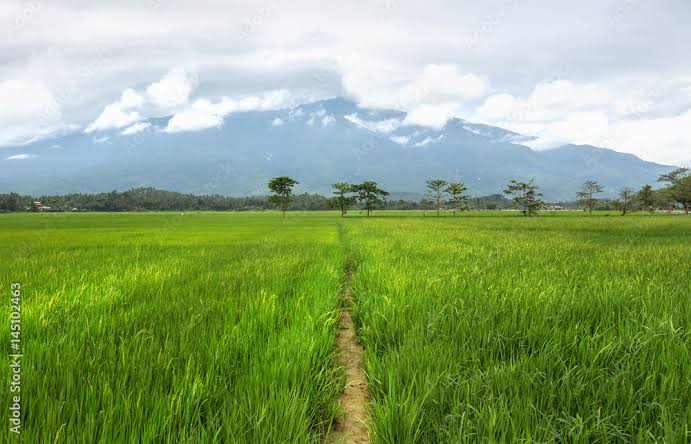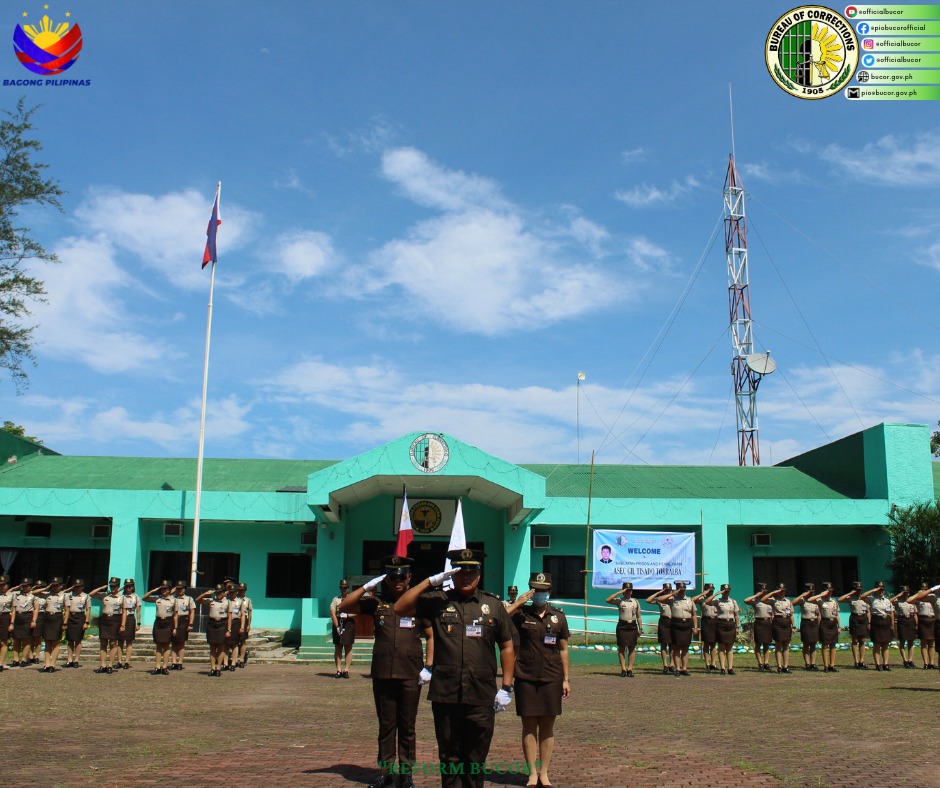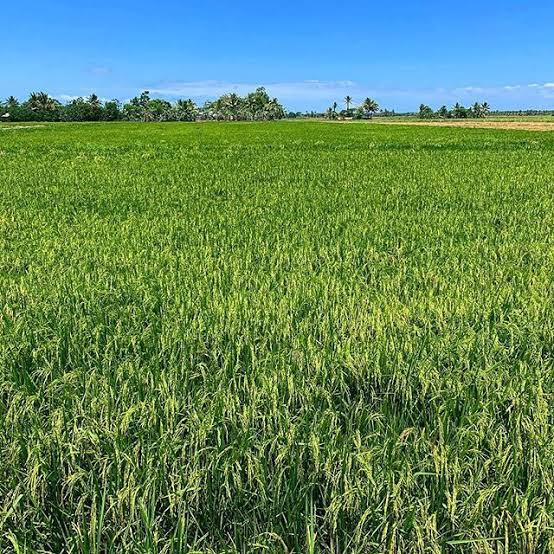The Philippines’ rice production landscape has shown regional variations, with MIMAROPA (Mindoro, Marinduque, Romblon, Palawan) emerging as a major contributor, dedicating 133,709 hectares to rice cultivation in the first semester of 2023, according to the latest data from the Philippine Rice Information System (PRiSM).
MIMAROPA’s substantial rice area places it as the fifth-largest rice-growing region in the country, bolstering the nation’s rice production and surpassing areas like Bicol and the Zamboanga Peninsula.
The PRiSM report, which utilizes advanced satellite technology and on-ground data collection, paints a comprehensive picture of the Philippines’ total rice area, measured at 2,062,702 hectares for the period.
Central Luzon leads the country with 366,869 hectares dedicated to rice cultivation, followed by Cagayan Valley at 314,303 hectares.
Western Visayas and Ilocos regions round out the top four, with 234,497 and 107,041 hectares respectively.
PRiSM’s innovative approach combines Synthetic Aperture Radar images from Sentinel 1A with ground data to map rice areas across the country each cropping season.
The system employs MAPscape-Rice® software, developed by sarmap, to delineate rice areas, detect planting dates and growth stages, and identify areas at risk of or affected by droughts and floods.
This technology allows farmers to generate crucial crop growth information needed for rice yield estimation.
The system utilizes the ORYZA crop growth simulation model to capture complex interactions between rice characteristics, environment, and crop management.
Field monitoring visits and farmer interviews, conducted using smartphone-based applications, provide additional data on field characteristics, crop management practices, and production figures.
This comprehensive approach enables PRiSM to assess rice crop damages due to environmental factors and provide accurate yield estimations.
The data from PRiSM, meanwhile, shows MIMAROPA’s contribution to national rice production but also demonstrates the diverse agricultural landscape across the Philippines’ regions.

MINDORO RICE
In 2023, Oriental Mindoro produced approximately 365,449 metric tons of palay (unmilled rice), harvested from 101,294 hectares of land. This equates to an average yield of 3.61 metric tons per hectare.
However, recent statistics indicate a worrying trend; from January to June 2024, palay production decreased by 5.8%, dropping to about 165,102 metric tons compared to the previous year.
The decline reveals the vulnerability of rice production in Mindoro island.
A huge portion of rice production in Oriental Mindoro relies on irrigation, with 85.6% of the total output coming from irrigated fields.
The remaining 14.4% is produced in rainfed areas.
The reliance on irrigation shows the need of effective water management, especially during periods of drought or prolonged dry spells caused by climate phenomena like El Niño.
To bolster rice production and support farmers, the Philippine government has implemented various assistance programs.
Recently, farmers in Oriental Mindoro received cash aid as part of the Farmers Assistance for Recovery and Modernization (FARM) program.
Each farmer was granted P2,000, with a stipulation to sell at least 100 kilos of their harvest to the National Food Authority (NFA) to help build national rice reserves.
The program aims not only to provide immediate financial relief but also to ensure food security during emergencies. (sources: Philrice and Department of Agriculture)
Photo credit: Adobe Stock Photo and Above the Philippines FB page









Write Your Comment